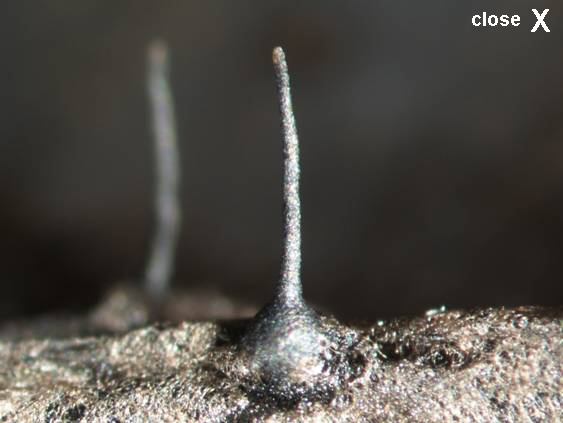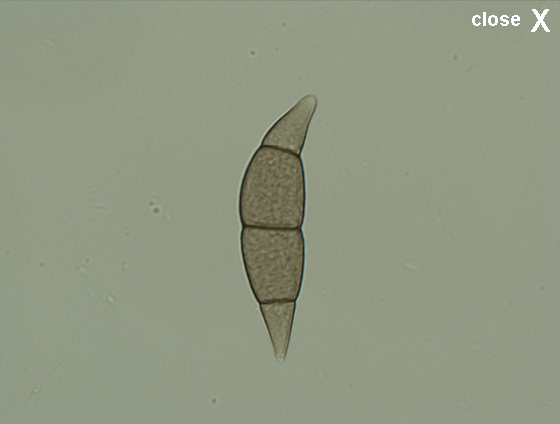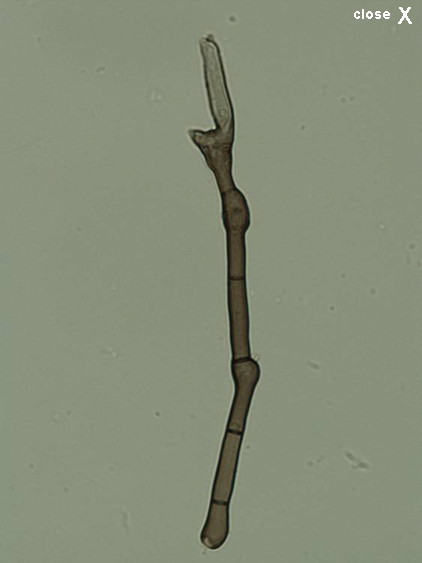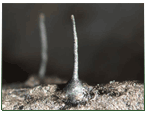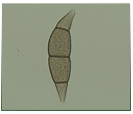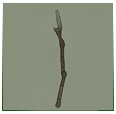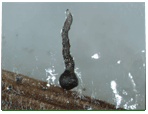Introduction
The family Magnaporthaceae contains devastating fungal pathogens of cereals and grasses, such as the rice blast fungus and summer patch pathogen of turfgrasses, which are popular model systems in studies that seek to understand pathogenesis and fungal biology. Despite their ecological and economic importance, the relationships of Magnaporthaceae to other fungal families and of the constituent genera to one another remain ambiguous. This hinders advancement toward the understanding of pathogenesis and ecological success. New DNA sequence data will be generated for representative species using next-generation sequencing methods.
Magnaporthaceae serves as a model system for understanding interactions between fungal pathogenic organisms and their host plants.
The novel data will augment a rapidly growing number of fungal genomes generated by NSF-funded "tree of life" projects and other national and international initiatives. They will lead to a better understanding of the evolution of genomes and gene families and of how this evolution leads to the ability of fungi to become pathogenic.
DATA DOWNLOAD
Specific Aims
The objectives of the FunGI study are to:- Circumscribe the Magnaporthaceae and to resolve relationships of and within the family using phylogenetic and phylogenomic analyses;
- Generate draft genome assemblies of selected species in the Magnaporthaceae;
- Discover and describe new species in the Magnaporthaceae.
Magnaporthaceae serves as a model system for understanding interactions between fungal pathogenic organisms and their host plants.
The novel data will augment a rapidly growing number of fungal genomes generated by NSF-funded "tree of life" projects and other national and international initiatives. They will lead to a better understanding of the evolution of genomes and gene families and of how this evolution leads to the ability of fungi to become pathogenic.
DATA DOWNLOAD
